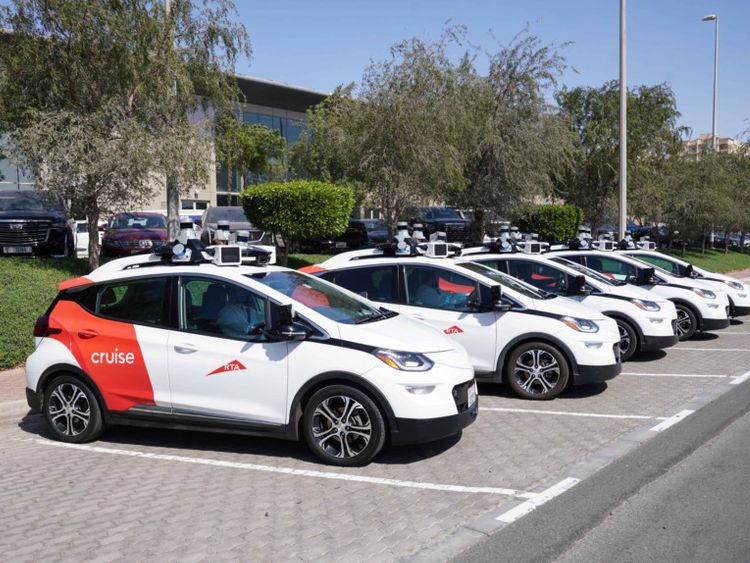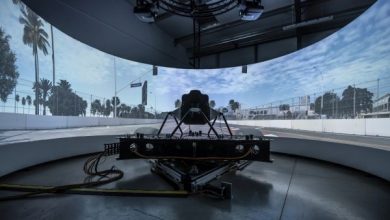Next Summer Toyota will Offer Rides in SAE Level-4 Automated Vehicles in Japan
Toyota Research Institute (TRI) recently announced that its Platform 4 (P4) automated driving test vehicle will be available for public demonstration rides next summer in Tokyo.
TRI introduced P4 automated driving test vehicle in January this year at CES. It is based on fifth-generation Lexus LS flagship sedan and will be used in TRI’s two-track Guardian and Chauffeur automated driving system development.
The P4 has two additional cameras to improve situational awareness on the sides and two new imaging sensors?one facing forward and one pointed to the rear?specifically designed for autonomous vehicles. The imaging sensors feature new chip technology with high range. The radar system has also been optimized to improve the field of view, especially for close range detection around the vehicle perimeter. The LIDAR sensing system with eight scanning heads carries over from the previous test model, Platform 3.0, and morphs into the new vehicle design.
With greater computing power, its systems can operate more machine learning algorithms in parallel for faster learning. It can process sensor inputs faster and react more quickly to the surrounding environment. All computing system power is now drawn from the vehicle’s hybrid battery with the 12v battery now serving only as a backup. Apart from this P4 is a much smarter research vehicle than its predecessor.
TRI has been testing the P4 in the United States at its Ottawa Lake, Mich. closed-course test facility. Offered from July to September 2020, in Tokyo the P4 will demonstrate Toyota’s “Chauffeur” SAE Level-4 capabilities in a specific “mobility as a service” (MaaS) driving environment. It will take place in Tokyo’s Odaiba district, a busy and often congested waterfront subcenter. Odaiba’s complex environment of pedestrians, vehicle traffic, diverse road infrastructure and tall glass buildings provide a challenging setting in which to demonstrate the capabilities of Toyota’s automated driving technology.
The public will be invited to register for the experience, and individuals will be selected to participate. In accordance with Japanese law, a Safety Driver will be present during the experience.
Source: Press Release


